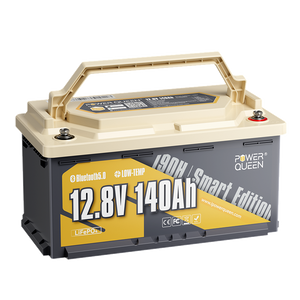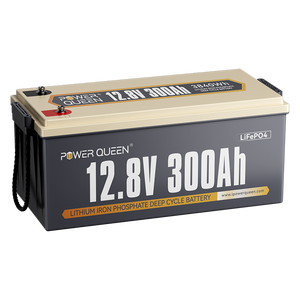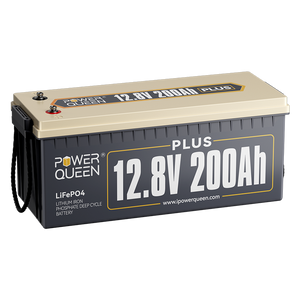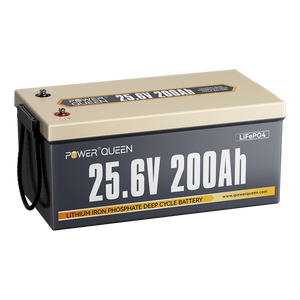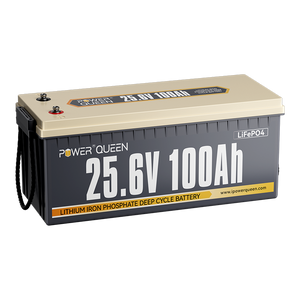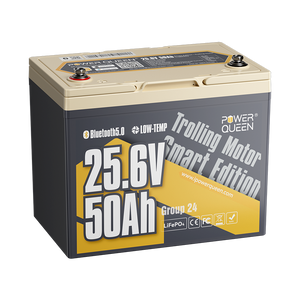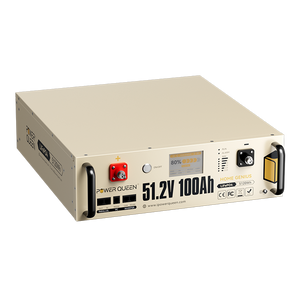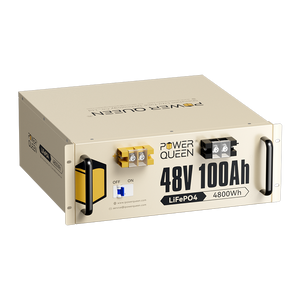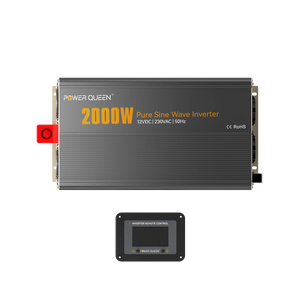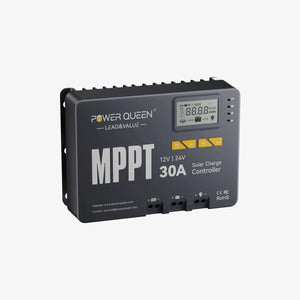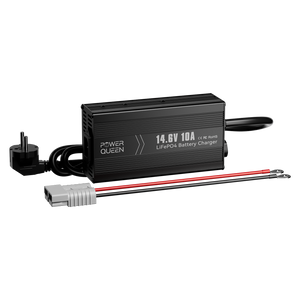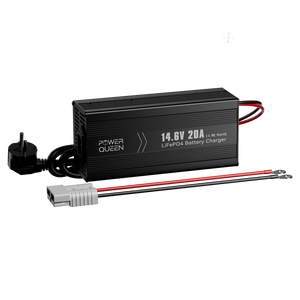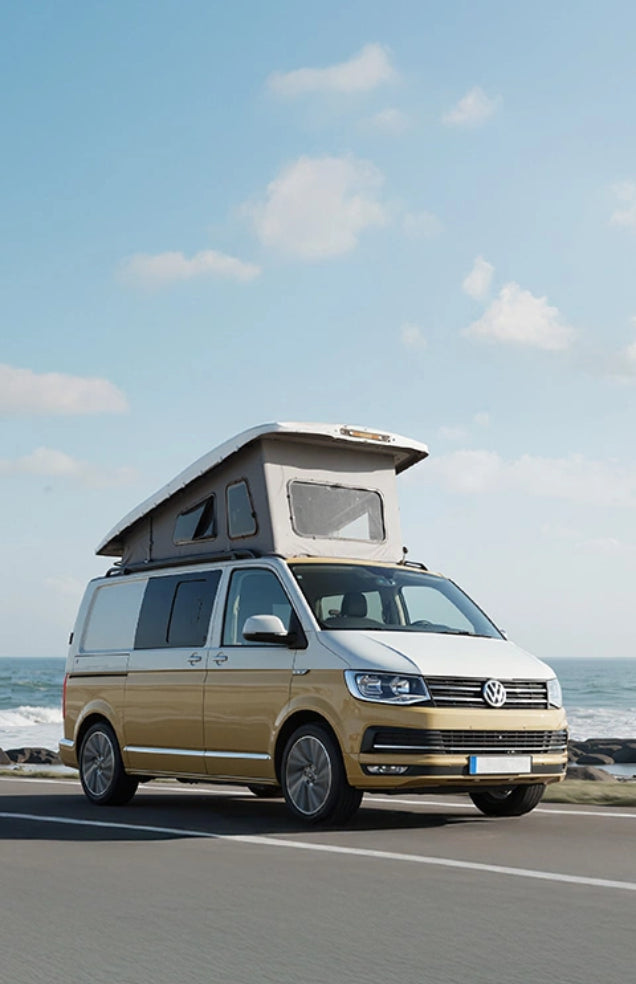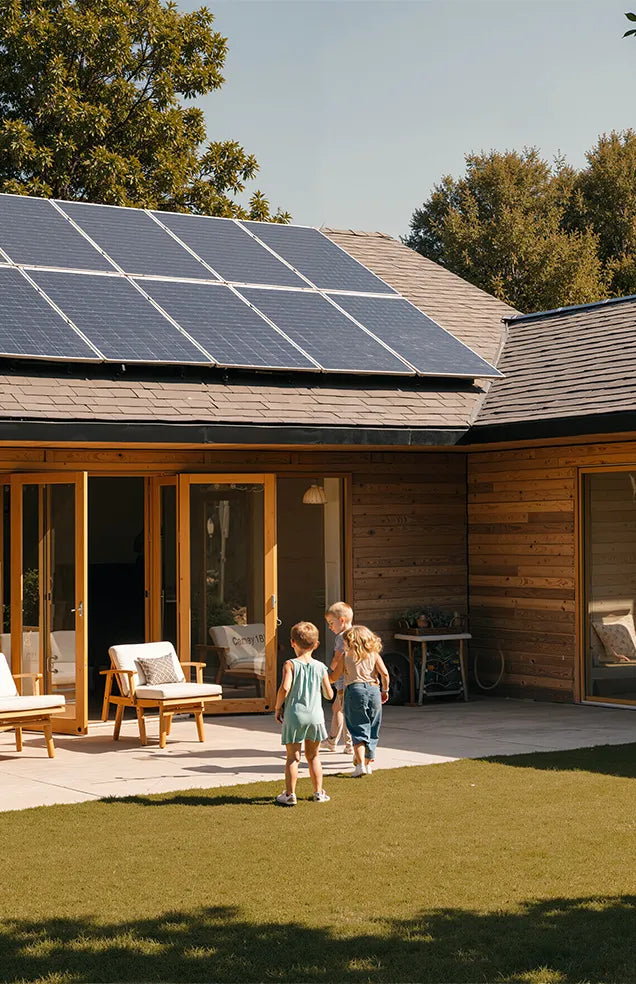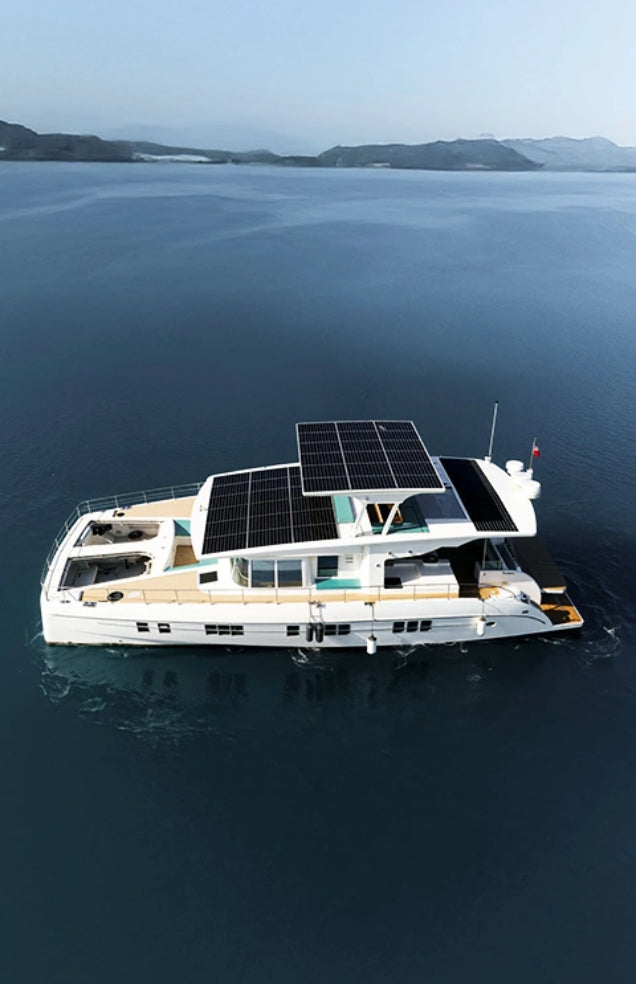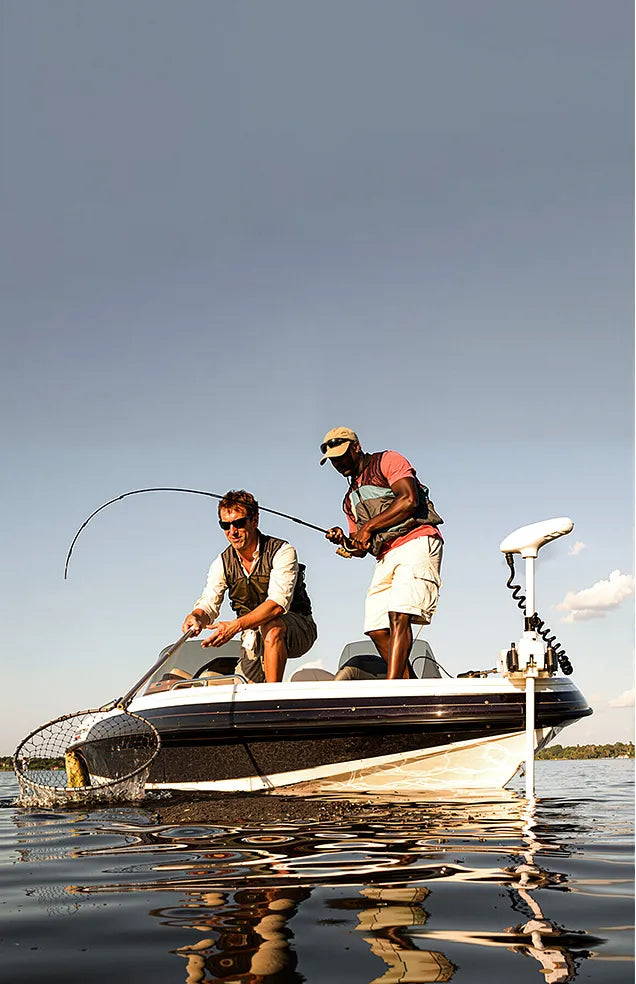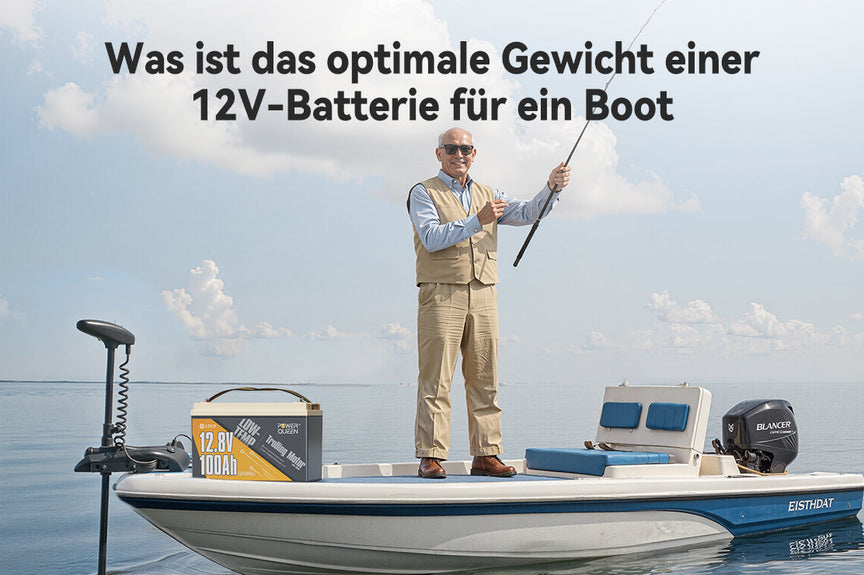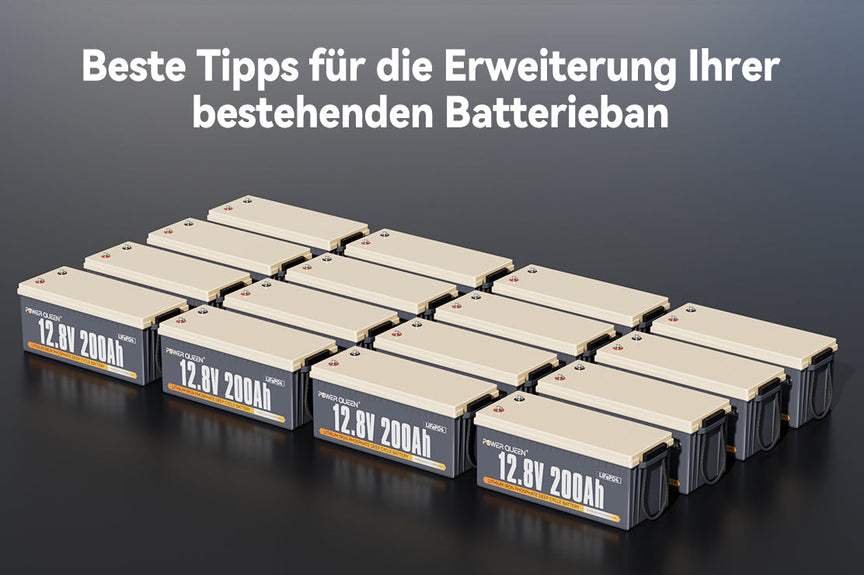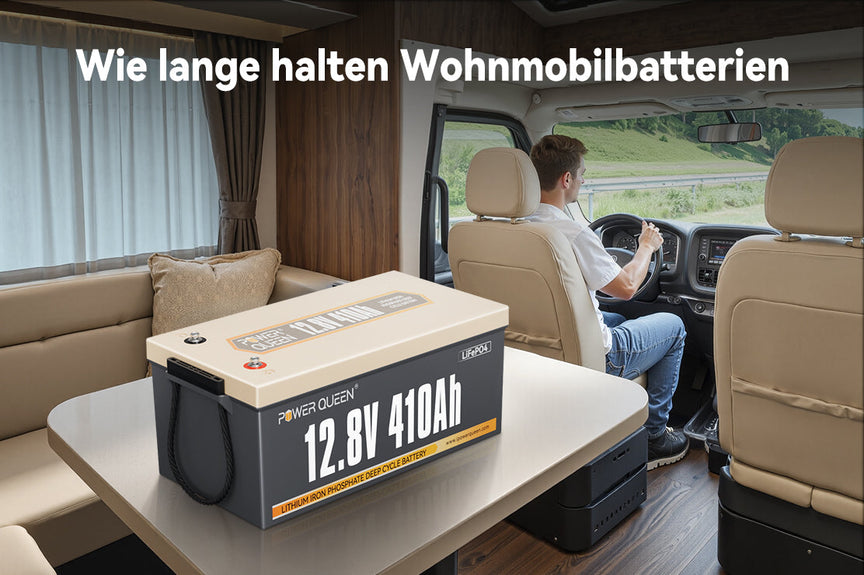Project: Convert the charging pump of the hot water solar system to PV electricity. Island operation 12V
My goal was to completely convert the charging pump of the solar hot water system to solar power. Since it's clear that if hot water is generated via the solar system, enough electricity must also be generated to power a circulation pump.
For testing purposes, I connected three 90W PV modules to an MPPT controller and stored the generated energy in a Power Queen 12.8V LiFePO4 100Ah battery. A 600W inverter then powers the charging pump, which has a power consumption of approximately 100W (230V AC).
However, no unnecessary power should be drawn from the battery when the system is not running. Therefore, the inverter, which is switched on by my freely programmable heating controller, is controlled via two additional relays. First, the inverter is connected to the battery, and then the second relay (with a delay) switches the inverter on.
Should the battery run out despite everything, the pump will continue to be operated via an additional relay control using mains power.
As an additional task, I modified my heating distribution system so that in the event of a power outage, the inverter is automatically switched on, allowing the heating controller to continue functioning. A small UPS system supplies power to the heating controller and other connected devices between the switchovers from mains power and emergency power.
Because when switching between the two voltages (mains and emergency power supply from the inverter) you have to pause for a few seconds so that the two voltages don't come into contact.
Logically, another task then arose. I had to categorize my system into essential and non-essential consumers. In the event of a power outage, only the solar charging pump and its associated diverter valve (switching between charging the boiler and the buffer tank) should remain operational to avoid unnecessarily draining the battery. The other pumps, which are used for heating the conservatory, don't need to function during a power outage. After After some mental effort and with a good circuit diagram, I was able to complete it satisfactorily. A power strip supplies power to the important and unimportant devices.
It would also be possible, should the inverter of the 12V system fail, to immediately switch to a second system. However, this would only be possible via manual operation, as I also have a 24V PV system with a 25.6V LiFePO4 battery from the Power Queen. This battery also supplies other devices and pumps with solar power.
So I can already say that I can manage for some time without grid power. Of course, the PV system will be expanded and a second (super) battery from Power Queen will also be purchased.
(c) 2022 VoWa Jan. 2023
